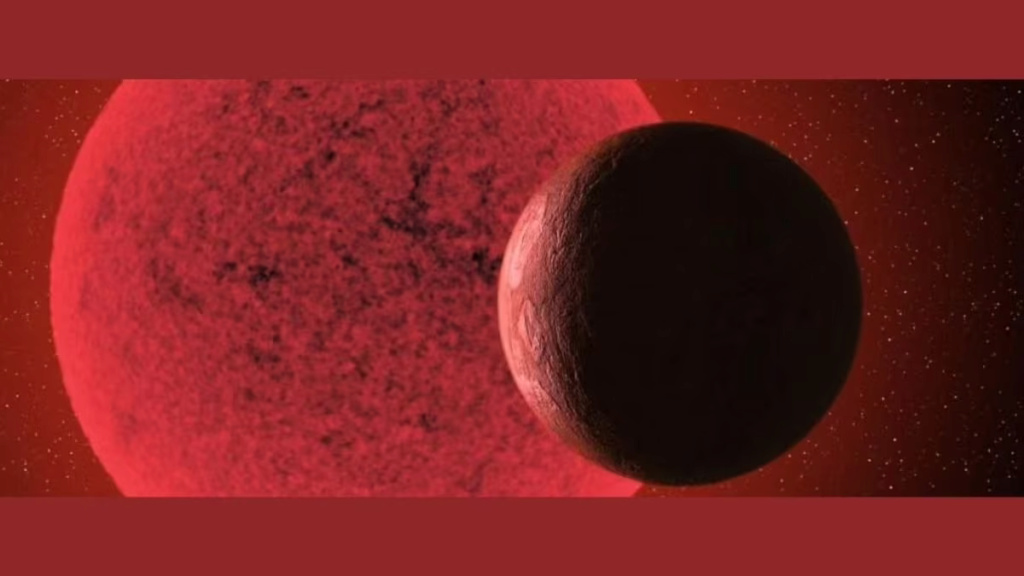The discovery of a “giant Earth” suitable for life outside the solar
! system

The Japanese Subaru NAOJ telescope located in Hawaii has discovered an exoplanet orbiting at a safe distance from its star and in a habitable place.
In the field of a faint red dwarf star, scientists found the planet, which they called Ross 508, only 36.5 light-years away, but the star was too dim to be seen with the naked eye, and scientists indicated that the mass of the mentioned planet is 4 times the mass of Earth. Its nature is mostly earthy or rocky and not gaseous.
Scientists confirm that Ross 508 may not be suitable for the life form as we know it, but the discovery is the first of its kind to demonstrate the effectiveness of modern techniques used in the search for life among fainter stars and small planets.
So far, scientists have relied on comparison with Earth to determine habitable planets, as it must be close to the star to allow liquid water, not gas, and must be relatively small, and while this theory also applies to the lifeless planet Mars, but Scientists have not found a more effective model for comparison and research.
So far, scientists have resorted to two methods to detect distant stars. The first method is the transit technique, which NASA's TESS telescope relies on, as it searches for regular dips in starlight, which indicates the presence of an object orbiting regularly around it.
By calculating the depth of light transit, scientists will be able to determine the mass of an object, which increases its size, the greater the light curve from it, and thus determining its location and size will be easier.
The second and most effective method adopted by the Japanese telescope is the radiative velocity technique, and this technique relies on the fact that any two objects, if they are trapped in an orbit, do not revolve one around the other, but rather revolve around a mutual center of gravity, meaning that the rotation of the planets around the star leads to its oscillation A little and this happens to the sun, too.
Through this technique, scientists succeeded in discovering small exoplanets with wider orbits, and by determining the shifts in wavelengths from blue to red that result from the planets moving towards Earth, they were able to identify the location of those planets and their suitability for life.
Scientists described the planet Ross 508 by saying that it is much smaller and lighter than the sun, and that it has a mass of 18% of the mass of the sun, and it revolves around its star every 10.75 days and that it is one of the smallest and lightest planets that has been discovered by radiant velocity.
https://www.arageek.com/news/a-super-earth-has-been-found-near-the-habitable-zone-of-a-star-in-the-solar-neighborhood

